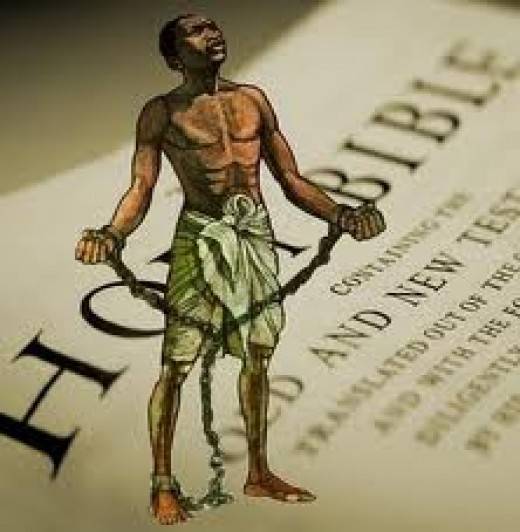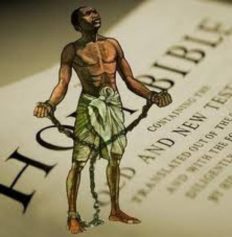The Curse of Ham is the biblical story where Noah’s son, Ham, finds his father drunk and naked. He tells his brothers, Shem and Japheth, who proceed to cover their father without looking at him. The concept is misnamed because when Noah finds out what happened, he doesn’t actually curse Ham. Instead he curses Ham’s son, Canaan, saying he shall be ”a servant of servants.”
The Bible does not explicitly identify Ham as Black. However, some religious scholars interpret the references to Ham’s sons, Cush (Ethiopia), Mizraim (Egypt), Phut (Somalia) and Canaan (Phoenicia) to mean he was the father of Black people.
In later centuries, the narrative was interpreted by many Jews, Christians and Muslims as a curse of, and an explanation for, “black” skin and a religious justification for enslaving Black people during both the Arab and Trans-Atlantic slave trades.
Benjamin Braude, professor of history at Boston College, writes in his 2003 publication Collective Degradation: Slavery and the Construction of Race:
“In 18th and 19th century Euro-America, Genesis 9:18-27 became the curse of Ham, a foundation myth for collective degradation, conventionally trotted out as God’s reason for condemning generations of dark-skinned peoples from Africa to slavery.”



